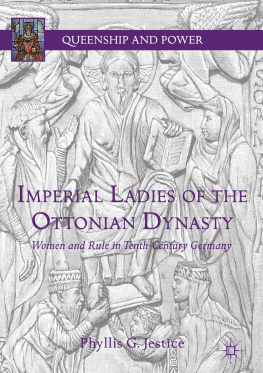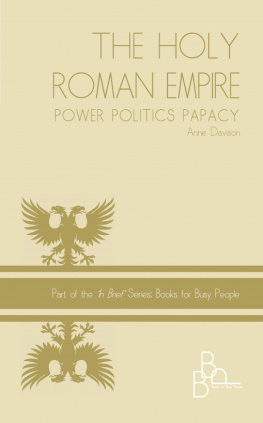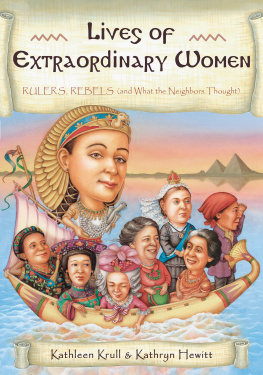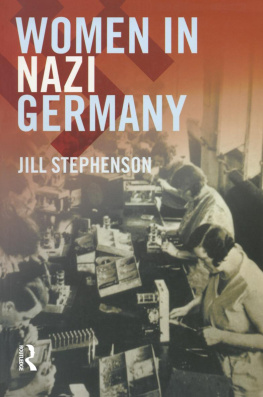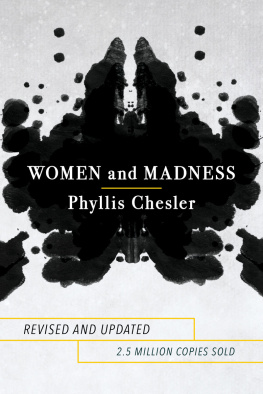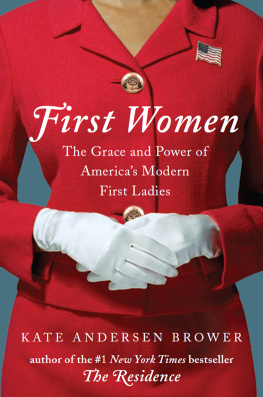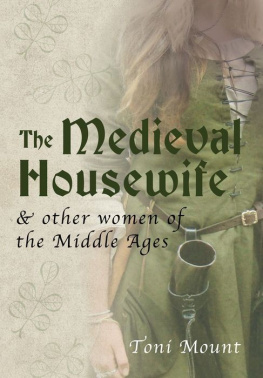1. Introduction: The Road to Regency
On Christmas Day of the year 983 Otto III was crowned king of the East Franks at Aachen. Certainly nobody expected a three-year-old to hold the reins of government.
But, unbeknownst to anyone in Aachen on that Christmas Day, they were anointing not a junior shadow king who could serve as his fathers figurehead in Germany but rather the sole ruler of the extensive German reich , which in this period included northern Italy as well as much of the territory that constitutes modern Germany. Otto II, king of Germany and emperor of that greater German state, had died on December 7 in Rome, aged only twenty-eight.
The existence of a consecrated king who was a minor led to a crisis that threatened to tear the German empire to pieces. Otto III was manifestly unable to rulehe could not lead troops, sit in judgment, give largesse, or indeed undertake any of the tasks expected of a tenth-century ruler. Yet, since Archbishops Willigis of Mainz and John of Ravenna had anointed the child as king in a ceremony of profound religious significance, and he had received the fealty of Germanys nobles, Otto could not be set aside. Obviously there would have to be an extended regency, with more than a decade to wait before Otto III could rule for himself. The situation was exacerbated by Otto IIs recent defeat in southern Italy and the Slavic rebellion of 982, suggesting the need for a strong, adult ruler who could lead armies. Nonetheless, after a period of confusion in which Otto IIIs cousin Henry the Quarrelsome of Bavaria attempted to seize power for himself, the dust cleared to reveal Otto IIIs mother Theophanu firmly in charge as protector of the young king and helmswoman of the reich . When Theophanu died in 991, Otto IIIs grandmother, the empress Adelheid, assumed the same role, caring for Otto III and the state until her grandson attained his majority at age fourteen.
Historians have tended to treat the period of Otto IIIs minority lightly, then and now glossing over the distinct contribution of the regents. Part of the problem is that it can be difficult to discern how any ruler, male or female, actually ruled most of the time in this period.
In the tenth century both western and central Europe saw a high point in rulers dependence on female members of their families as notions of proper rulership expanded but bureaucratic structures remained modest. But this trend was emphasized to a particularly high degree in the German reich the territories, whether German-, Slavic-, or Italian-speaking under Ottonian lordship. The tenth century was a pivotal era in European history, as institutions of government evolved that, for example, made it less necessary for a king to lead his troops in person. Certainly the Ottonians had some officials at their command and a chancery that almost certainly produced much written work besides the significant number of extant charters we have; still, the teams of clerks who created the English Domesday Book in the late eleventh century could scarcely be imagined yet.
Less considered by historians is what a German historian might call a Weibersystem a reliance on wives and other family members to help support the king/emperor in the work of rule. Yet, I argue in this book that in the tenth century the German rulers relied most heavily not on bishops but on their royal kinswomen, the imperial ladies whose loyalty was certain because their own lives were so fully intertwined with the success or failure of the dynasty. As Germany moved toward a system of primogeniture, kings often could not even trust their brothersbut they could trust their wives, mothers, sisters, and daughters. And, as I hope to show, the male rulers of the Ottonian dynasty carefully built up the status and resources of the dominae imperiales to the point that these women could, at need, wield extensive power and even wider-reaching authority in society at large.
The power of royal women was always contingent. First and foremost, a queen was expected to perform her biological duty and produce heirs for her husband. During exactly the period about which I am writing, in the 990s, King Robert of France repudiated his first wife, who had failed to bear a son. In 1003 he cast aside his second wifein both cases citing the lack of a child to justify his action.
Some historians regard the period up to the late tenth century as a golden age for women, an epoch of potential equality, but I agree with their critics who argue that the golden age idea goes too far. Certainly Gisela, like the empresses at the heart of this study, had the resources necessary for her to play a vital role in the government of the reich .
It was possible for Ottonian imperial women to play a role that was scarcely imaginable in earlier centuries. I do not mean to suggest that Germanic women in earlier centuries did not frequently attain and wield considerable power; examples of Merovingian queens like Brunnhild are numerous enough to show that women could be powerful. The root of their power did not change over timeit lay in the ability to exercise influence on their menfolk, most frequently their sons.
While this study focuses on Ottonian Germany, it is important to note that this openness to female rule also became more prominent in western and central Europe more generally in the tenth century, although not to such a high degree as in the German reich . Tenth-century England provides a particularly interesting example of the softening of attitudes. Pauline Stafford has examined the chronicler Goscelins curious report that in the troubled 970s the nobles of England offered the throne to Edgitha, sister of King Edward the Martyr, despite the fact that she was a consecrated nun. They even offered their daughters to be consecrated as nuns in exchange for the princess. As Stafford points out, the account is very unlikely to be true, but it shows that Goscelin could imagine female rule; in fact he argues in his account of the event that many countries had been ruled by women.
Pauline Staffords point about the ways to read Goscelins chronicle is a helpful reminder of the caution necessary when reading the primary sources for tenth-century Germany, but also highlights the usefulness even of ahistorical accounts. Most of our extant sources can be read from at least two vantage points. On the one hand, they tell of events and at that level need to be checked for veracity by every means available to the historian. On the other hand, however, they present to us a series of contemporary attitudes, views of women that the authors of the accounts considered at least plausible, describing women acting in ways that were not alien to the thought world of the time. It is frequently the latter reading that gives us the greatest insight into womens lives in the tenth century, even when it is most difficult to piece together how it really was in the Rankian sense.
The most prosaic of the sources for this study are more than 1200 royal documents, the diplomata of the kings and emperors of Germany that have survived to the present day, products of the Ottonian chancery. These diplomas are overwhelmingly grants or confirmations of grants that the ruler made to recipients he wished to favor. At first sight they are very masculine documents; even during the minority of Otto III the royal diplomas were issued in his name, with only two exceptions. But on closer examination, women are woven throughout these rather dry documents. They are occasionally recipients, sometimes they are slaves being granted away along with their families, they endow religious houses, and frequently they have petitioned the ruler to make a grant. The empresses Adelheid and Theophanu figure particularly prominently in these diplomata .

